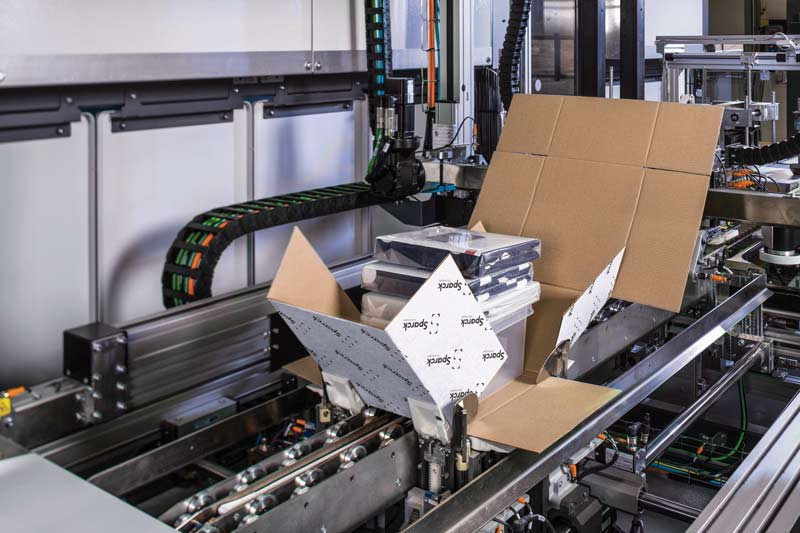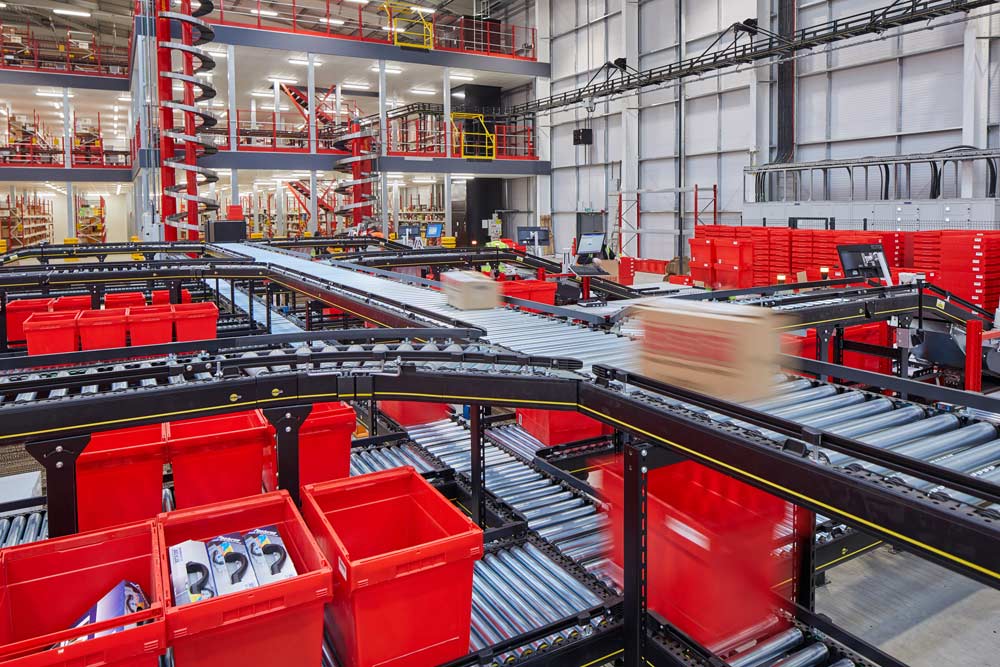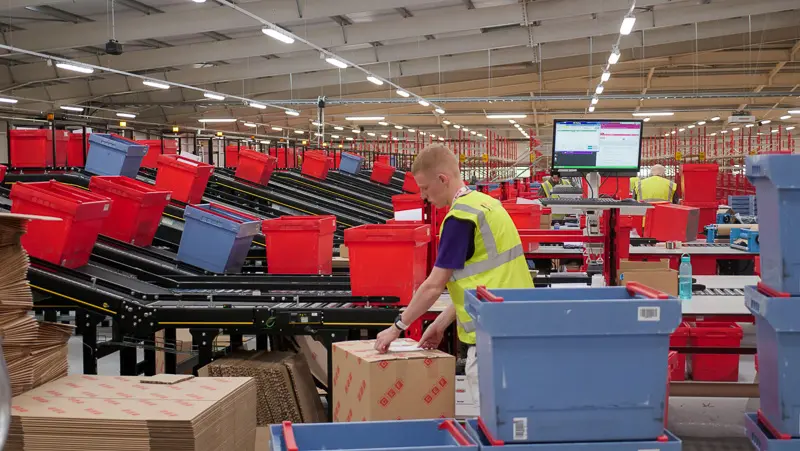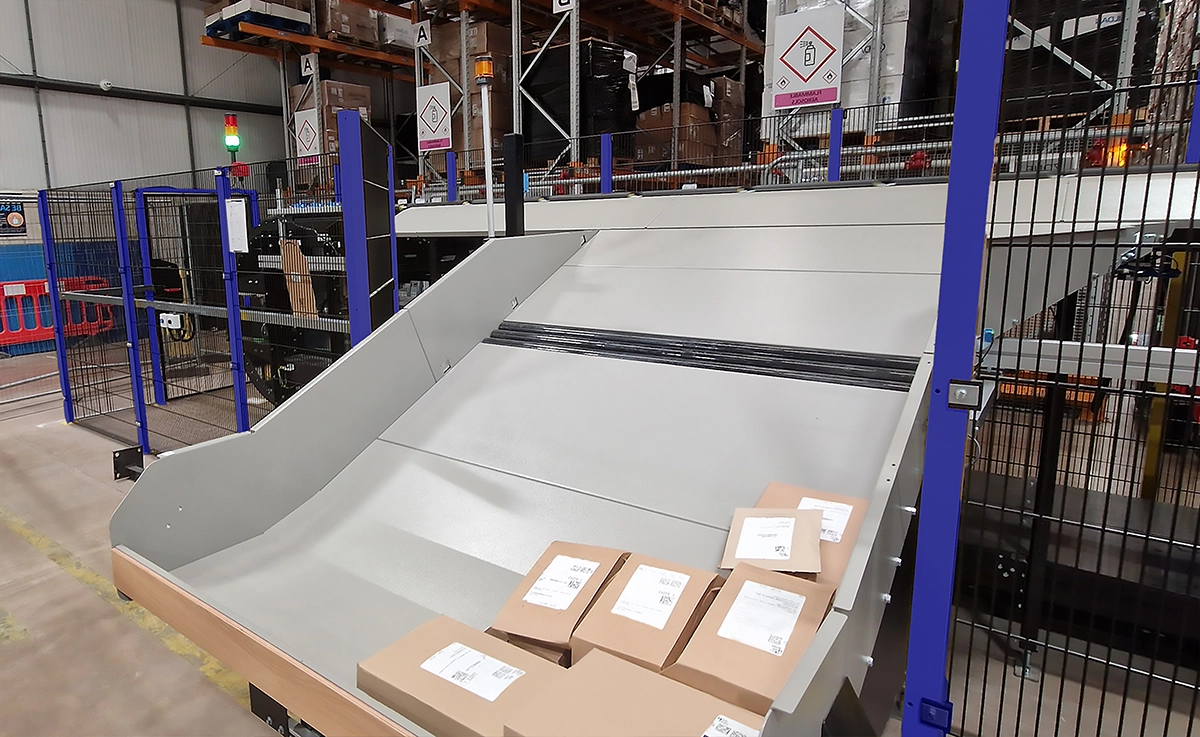When to implement an automation system in your warehouse.
When to implement an automation system in your warehouse.

Efficiency and precision in warehouse operations are paramount. Automation systems have emerged as a key way to increase productivity, accuracy, and cost savings across various sectors, including manufacturing, warehousing, and fulfilment.
However, deciding the right time to implement an automation system can be challenging. A recent poll by CSL Automation revealed that the majority of respondents (57%) believe the design stage of a new facility is the optimal time to consider automation. This is also true if you’re upgrading an existing warehouse to improve operational efficiency.
Here’s why this approach makes sense:
Seamless integration: Planning for automation at the design stage allows for seamless integration of automated systems with the overall infrastructure. This ensures that the layout, workflows, and operational processes are optimised from the ground up to accommodate automation.
At this stage it’s possible to review the available space and reconfigure key elements of the build to really suit your operations. This could include mezzanine floors, pipework, electrical cabling, fire exits and the location of goods in and dispatch.
Reduced retrofit costs: Retrofitting an existing facility for automation can be costly and disruptive. Designing with automation in mind from the outset eliminates these challenges and avoids the need for expensive modifications later.
Future-proofing operations
Scalability: Incorporating automation into the initial design ensures that the facility can scale operations efficiently as demand grows. This future-proofing approach helps businesses stay competitive and responsive to market changes.
Flexibility: Early consideration of automation provides the flexibility to choose and implement the most advanced and suitable technologies without being constrained by existing infrastructure limitations. If there are budget constraints it is possible to create a plan that is phased over a period of time to align with the growth of your business.
Optimised performance
Efficiency and productivity: Automated systems designed into the layout from the beginning can enhance workflow efficiency, reduce bottlenecks, and increase overall productivity. This leads to smoother operations and faster turnaround times.
Cost savings: Early automation implementation can result in significant cost savings over time through reduced labour costs, minimised errors, and lower operational expenses.
Other scenarios: While the design stage is ideal, there are other critical junctures when businesses might look to implement automation:
Problem with current processes (43% of Poll Votes):
Identifying bottlenecks: When existing processes become inefficient or error-prone, automation can be the solution to streamline operations and eliminate bottlenecks.
Enhancing accuracy: Automation can improve the accuracy and consistency of tasks, reducing the likelihood of human error and enhancing product quality.
Cost reduction: If manual processes are driving up labour costs or leading to excessive waste, automation can offer significant cost reductions.
Opportunity for upgrades: While this option did not receive votes in the poll, moving to new premises provides a natural opportunity to upgrade to automated systems. Businesses can take advantage of the transition to design and implement automation solutions that align with their new operational goals.
Challenges hiring staff.
Labour shortages: In regions or industries facing labour shortages, automation can help bridge the gap by taking over repetitive and labour-intensive tasks. This ensures continuity of operations despite staffing challenges.
Enhancing workforce capabilities: Automation can complement the human workforce by handling mundane tasks, allowing staff to focus on higher-value activities that require creativity and problem-solving.
Conclusion
he decision of when to implement an automation system is crucial for maximising its benefits. According to the recent CSL poll, the majority of industry professionals advocate for considering automation during the design stage of new premises. This approach allows for seamless integration, future-proofing, and optimised performance. However, it’s also important to recognise that automation can be a strategic solution for addressing inefficiencies, labour shortages, and other operational challenges at any stage of a facility’s lifecycle. By carefully evaluating your specific needs and circumstances, you can determine the most opportune moment to embrace automation and propel your business toward greater efficiency and success.













